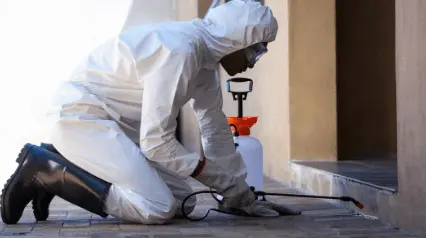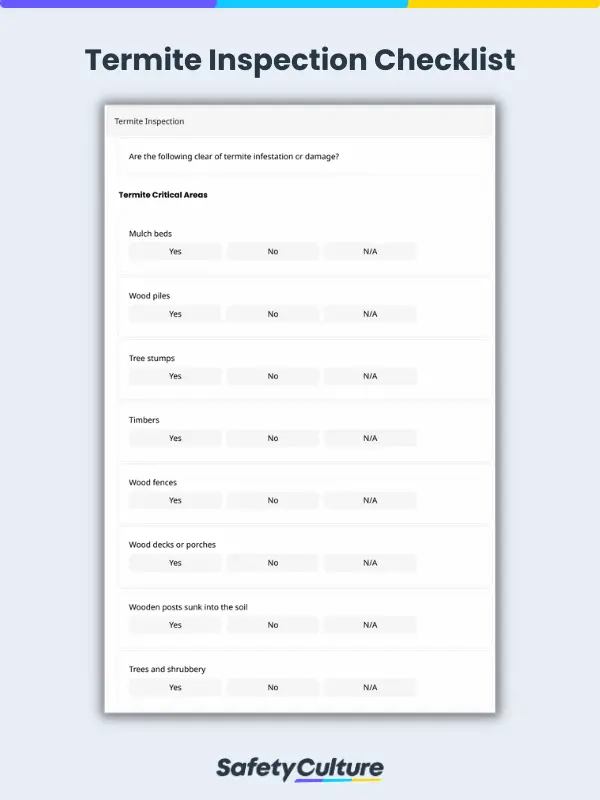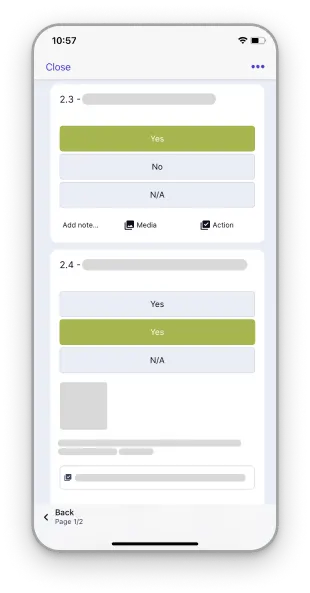What is a Termite Inspection?
A termite inspection is the process of determining if there is a termite infestation and possible damage to a property. A termite inspection can be conducted visually by property owners and facility managers or by professional termite inspectors who are trained to conduct thorough termite inspections yearly and can make use of devices that can detect termites.
What is a Termite Inspection Checklist?
A termite inspection checklist is a valuable tool that guides property managers and termite inspectors during visual checks. It can be used to help ensure that all critical areas of a property are checked for signs of termite infestation and termite damage.
Why is Termite Inspection Important?
According to the Environment Protection Agency (EPA), termites cause billions of dollars in structural damage and property owners spend more than $2 billion annually to treat infestation. Apart from the monetary costs of treating infestation and repairing damage to property, here are 3 reasons why termite control inspections are important:
It Maintains the Structural Integrity of the Property
Whether commercial or residential, any property with wood incorporated in its structure can run the risk of termite infestation. Finding termites or even looking for the onset of termite damage can be difficult for property owners. Once a property is treated, it would need periodic checks usually every year to ensure that termites are kept at bay and proactively prevent the recurrence of termite infestation.
It is a Requirement for the Purchase of Property
Termite inspection is particularly important for those who wish to sell or buy property. This is especially true for eligible individuals who would like to purchase a property via VA loan. If a property is located where termite infestation is deemed “very heavy” or “moderate to heavy” according to the Termite Infestation Probability Map, a termite inspection will be a part of the requirements of a VA loan. FHA home inspection for FHA loan also includes the need to check for termites.
It is Required by Insurance Providers
Depending on the insurance policy that a property has, annual termite inspections may be required by some property insurance providers.
How to Identify Termites and How to Conduct Termite Inspection?
Termites abound especially in areas where there is wood and the climate is ideal for their nests, which also happens to be where people tend to live. Here are some tips on how to find termites and how to conduct termite inspection in a property.
Be aware if the property is within the areas where termites tend to live
In order to know the relative risk of termite infestation and which areas are infested, check the termite infestation probability map and see if your property falls within “very heavy,” “moderate to heavy,” “slight to moderate,” or “none to slight.”
Know what termites look like and where they nest or usually swarm
Learn how to differentiate ants, and other wood-destroying insects, from termites. Different types of pest infestation will need different types of pest control and treatment..
Have a probing device ready and wear proper attire
Use a probing device or something similar you can use such as a screwdriver to check the property and look for mud tubes—they are the most obvious tell-tale signs of termite activity that are used by termites to travel within the property.
Check the exterior of the property
Inspect the property’s perimeter, fences/walls, points where soil meets wood, areas with source of moisture, flower pots, and check gardens or shrubbery for possible termite nests. Check the foundations of the property particularly if they are exposed and made of untreated wood because these can become entry points or crawl space for termites. Probe mud tubes to check for termites.
Check the interior of the property
Carefully check the interior of the property and be mindful when probing wood furniture to avoid damage to property. Look for signs of decay or damage such as water leaks on walls or ceilings because these may indicate termite damage and infestation below the surface. Check old books, magazines, or stacks of newspapers and documents.
Record all findings and consider consulting professional termite inspectors who know best how to thoroughly look for termites, eradicate any termite colonies, and properly treat infestation.



